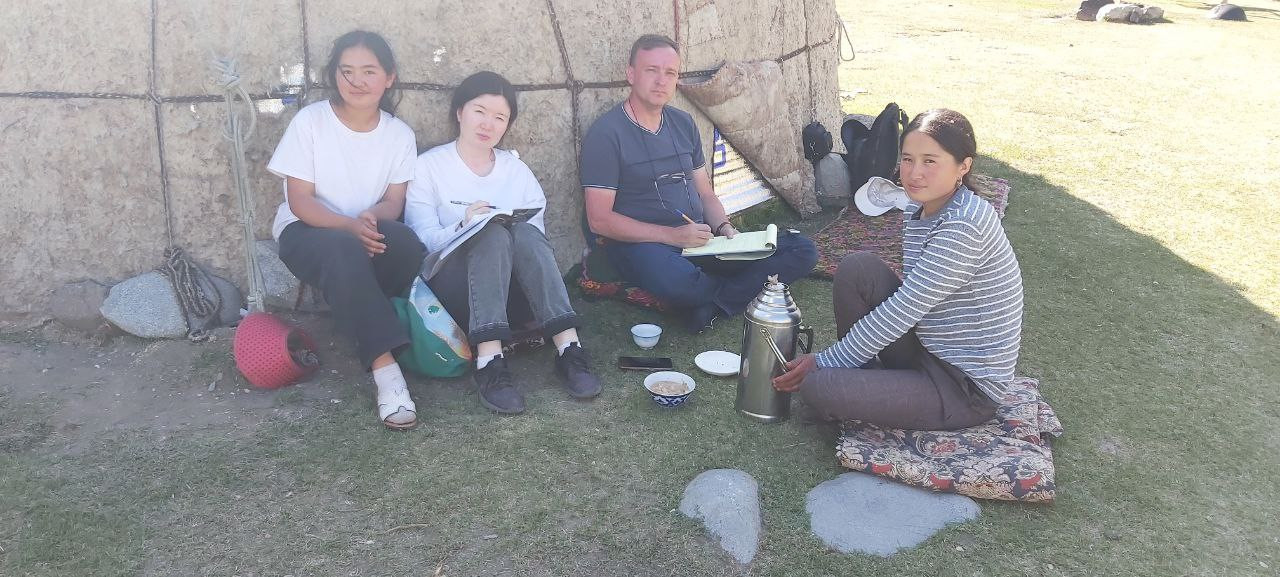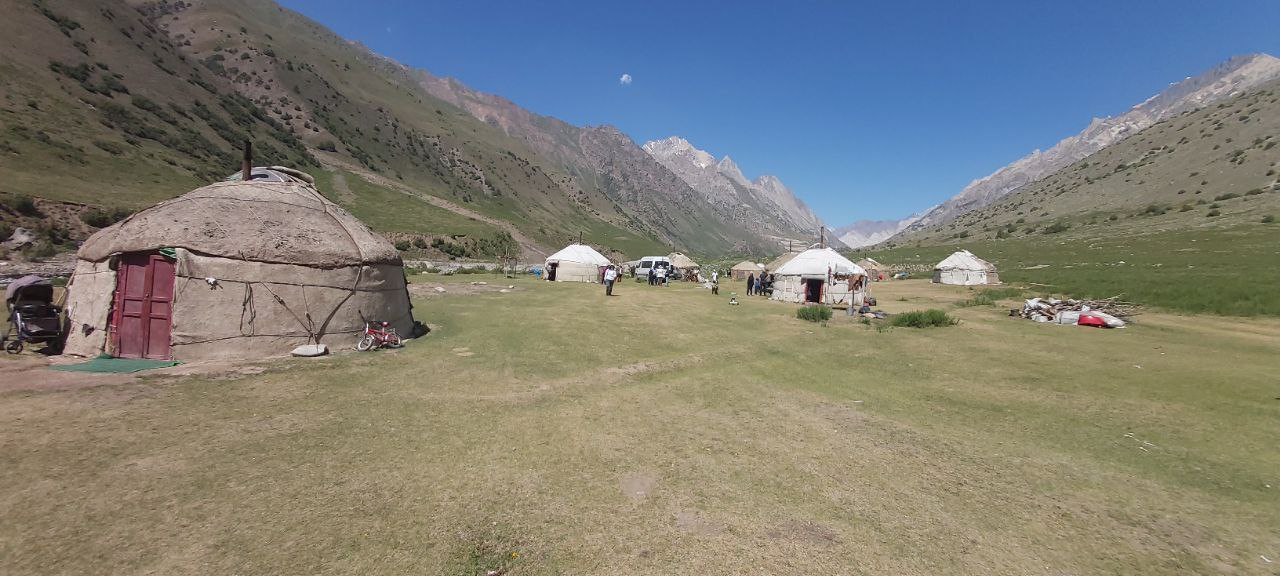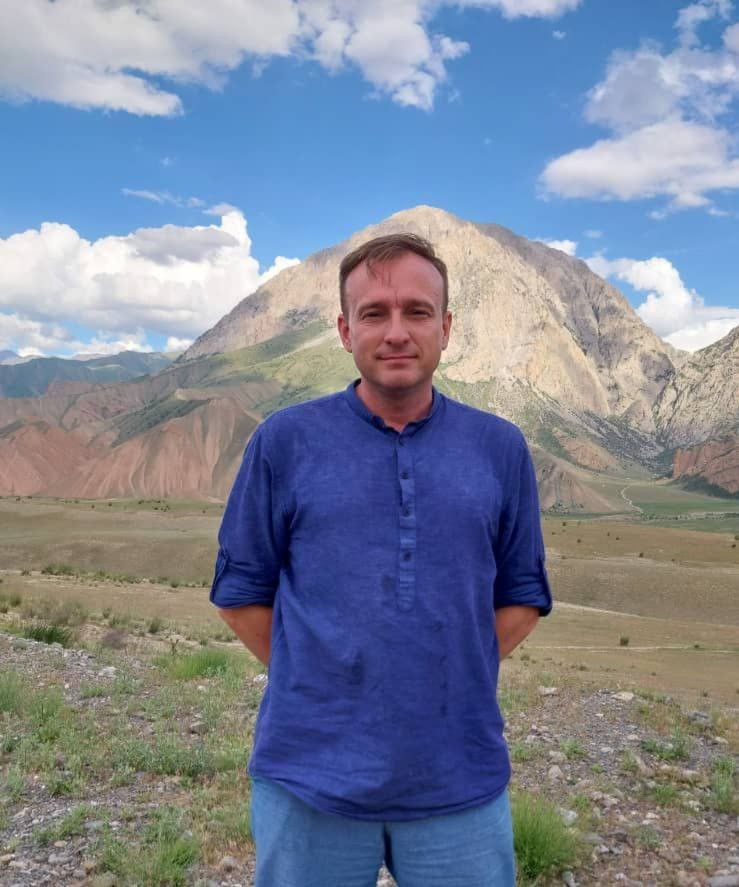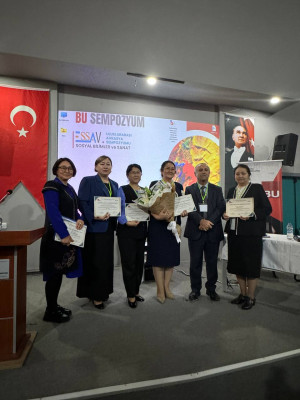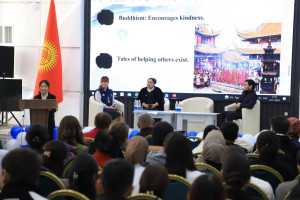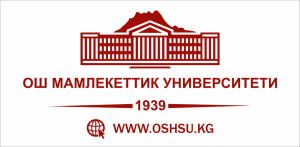
The "The Turkic World of Great Altai: From Altai to Chon-Alai" project
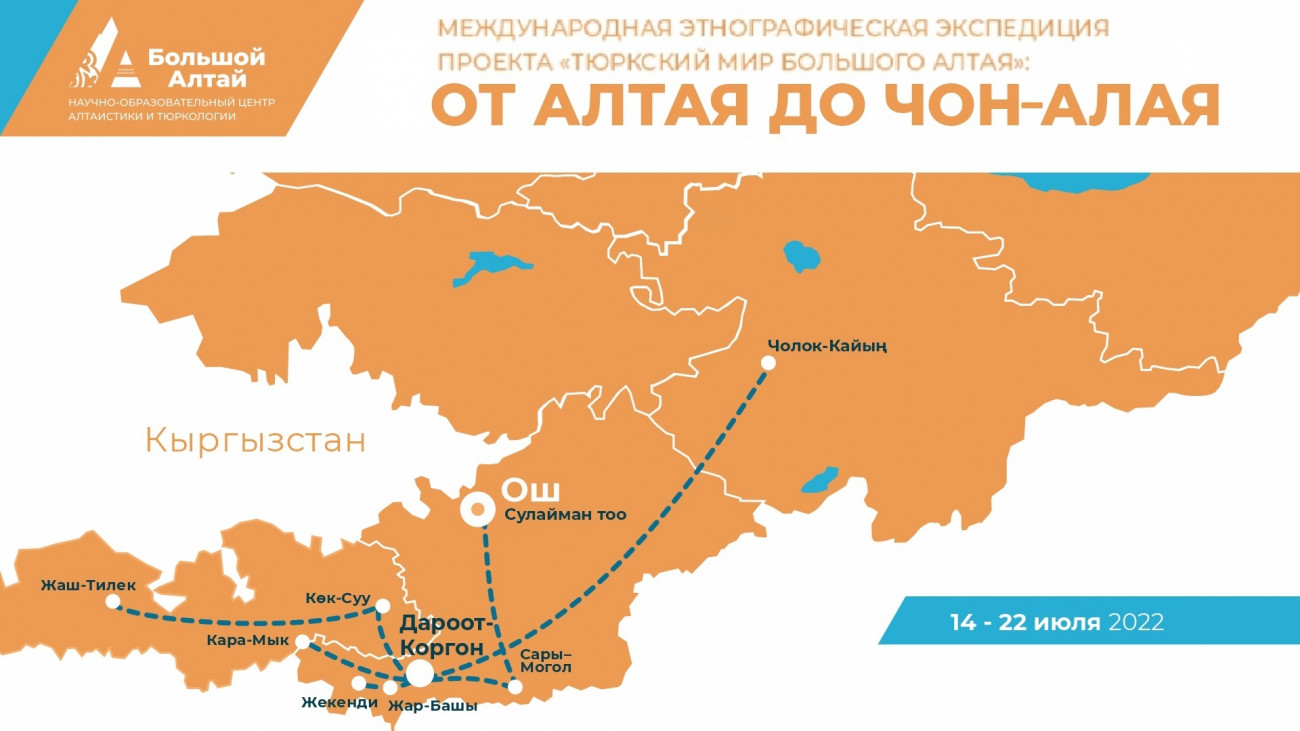
The international ethnographic expedition for the project "The Turkic world of Great Altai: from Altai to Chon-Alai" started its first phase on July 14. The National Academy of Sciences of the Kyrgyz Republic, Altai State University, Osh State University, and Kyrgyz National University named after J. Balasagyn jointly coordinated the expedition.
The mission included 20 ethnographers from Altai State University, six universities in Kyrgyzstan, and the Institute of History, Archeology, and Ethnology. The expedition will work in Kyrgyzstan until July 22, at which point the same composition of people will relocate to the Southern Altai region.
Ivan Nazarov, the director of Altai State University's Institute of History and International Relations:
- We continue the ethnographic research of the Turkic peoples of the Great Altai and surrounding territories based on the study of material and historical items as part of the project "The Turkic world of the Great Altai: unity and variety in history and present times." We studied in-depth the characteristics of Kyrgyz nomads' way of life in the northern and central regions of the republic last year as part of the first international ethnographic expedition "Uluu Altai: Russia - Kyrgyzstan, 2021," and based on the materials we gathered, we wrote a sizable portion of the manuscript for the collective monograph. This year, we are gathering information on the southern parts of Kyrgyzstan, where the influence of the highlands and their nearest neighbors, Tajiks and Uzbeks, has given rise to a distinctive way of life for the Kyrgyz people. We'll keep gathering ethnographic data in Altai in August to look for similarities and differences between the Altai and Kyrgyz peoples in terms of culture and ethology.
Anisa Bikbulatova, a "Uluu Altai" specialist and professor at the J. Balasagyn-named Kyrgyz National University:
- This year, we are working in the Chon-Alai district of our nation thanks to the initiative and assistance of our OshMU colleagues. Young scientists and graduate students who have authored original works on Kyrgyz ethnography are also a part of the expedition in addition to professional ethnographers. Representatives of Kyrgyz University, Kyrgyz State University named after I. Arabayev, Naryn State University, and Kyrgyz State Medical Academy are among the expedition's participants. To analyze the findings of the research on Kyrgyz traditional medicine, we will speak with healers and herbalists and record their therapeutic approaches.
Tazhibay Aitbaev, expedition leader and professor at Osh State University:
The most isolated part of Kyrgyzstan is Chon-Alai, where traditional culture is better preserved. Rituals and practices that are already vanishing in other parts of the country are retained here, therefore we hope to find extremely rich anthropological materials there.



